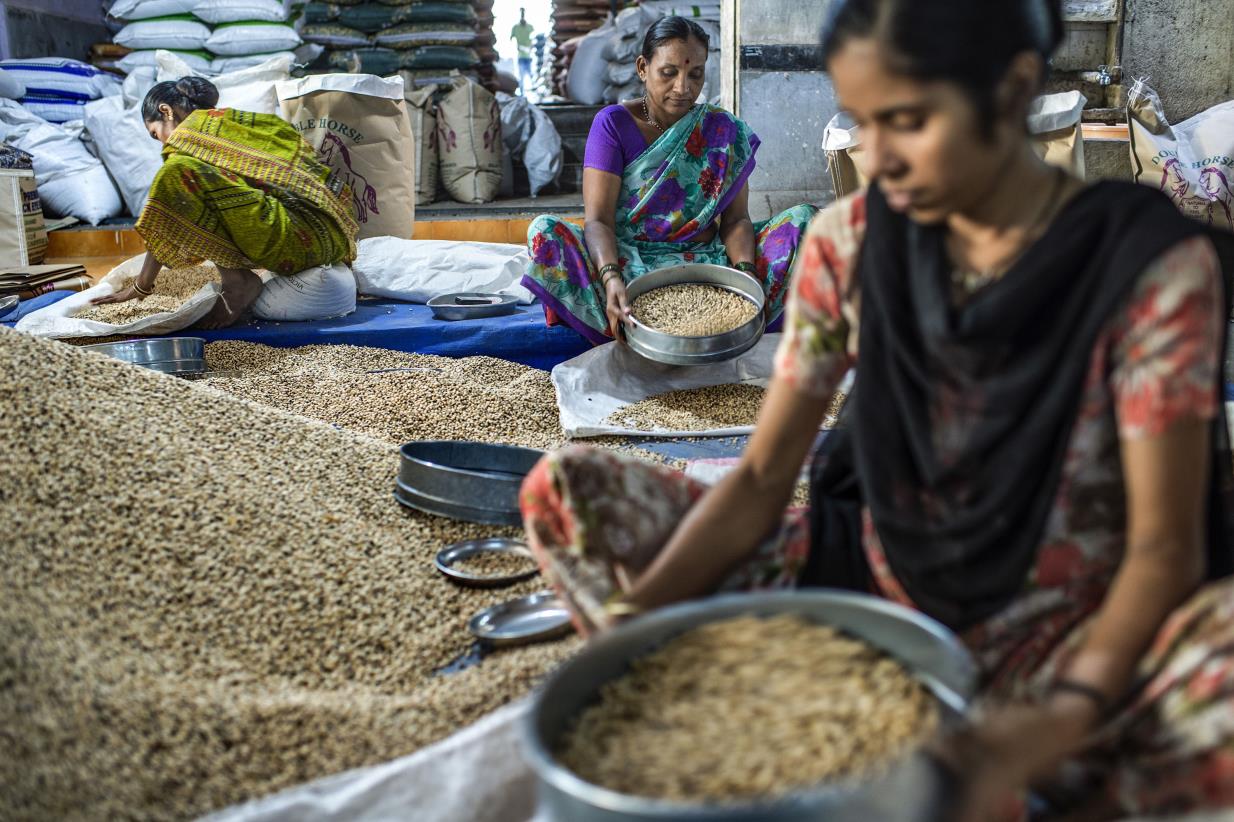COVID-19 Series / Improving the Storability and Availability of Pulses by Reducing Post-Harvest Losses

Pulses are annual leguminous crops that constitute an affordable source of protein and minerals for a large proportion of rural populations across the globe (ref.). Pulses include lentils, beans, peas, cowpea and chickpeas and are highly nutritious foods (ref.). In addition to being rich in plant-based protein, pulses are a good source of iron. Pulses are also high in potassium, which supports heart health and plays an important role for digestive and muscular functions; and they are an excellent source of folate – a B-vitamin naturally present in many foods, that is essential to the nervous system function and especially important during pregnancy to prevent fetal defect. Infant weaning food may be enriched by adding legume flours (cowpeas, beans, bambara groundnuts or groundnuts) to the cereal or tuber flour (ref.). Pulses can be stored for a long time and therefore can help to increase the diversity of diets, especially in developing countries.
Pulses are important in agricultural production systems, in managing soil fertility, reducing the adverse effects of climate change and enhancing resilience especially for the most vulnerable groups, especially women and children; in food and feed especially during lean periods in food- and nutrition-insecure countries. Furthermore, pulses are an important source of income for the most vulnerable households in developing countries around the world and account for a relatively large share of world trade through processing and marketing.
Measures taken by countries to contain the spread of the COVID-19 pandemic could likely increase exacerbate losses in pulses due to inappropriate harvest and post-harvest practices, ultimately contributing to reducing their availability and accessibility.
Some simple ways to reduce losses in pulses, include:
Good harvest and post-harvest practices that include harvesting at the correct stage of maturity and recommended moisture content (ref.), and not leaving the grains in the field exposed to adverse weather conditions. Protection of the crop from pests (e.g. insects, rodents, birds). Avoiding contact of harvested grains with the soil during handling, by using a tarpaulin underlay during shelling. Avoid mechanical damage of grains broken grains are susceptible to insect attack and mold growth, resulting in losses.
Drying the pulse crop appropriately to the moisture content that is suitable for safe storage as recommended by CODEX or related regional or national norms and standards to reduce the possibility of decay and losses caused by fungi and mold, which could be a source of aflatoxins during storage and in later stages of the food supply chains. Aflatoxins are poisonous substances that can contaminate food crops and pose serious health threats to humans and livestock. They cause an estimated 25% or more of the world’s food crops to be destroyed annually (ref.). Pulses can be sun dried on tarpaulins or on clean and dry surfaces. A diversity of drying options that make use of renewable energy, and fossil fuel and electricity can be used for drying pulses.
Storage in hermetic containers kills insects and considerably reduces losses due to insect proliferation. Pulses can be stored in hermetic bags, metal or plastic silos, or other available air-tight containers that prevent insect attacks and do not require the use of chemicals. Metal and plastic silos are preferred for storage as they are more resistant to puncture than are hermetic bags. Hermetic and non-hermetic bags must be stored in storage facilities that are clean and properly managed (CODEX).
Observation of CODEX norms and standards on food safety and storage conditions (humidity, ventilation, light and temperature conditions) and good storage management practices such as First In First Out (FIFO) reduce food losses. Use of insecticides according to safety norms and standards may be considered if hermetic storage options are not available or feasible.
Improved storage options can be used to reduce losses in the absence of hermetic containers. These options include improved granaries and storage facilities that are clean and dry, and which provide protection from insects, rodents, and birds.
Additional relevant resources:
FAO, WFP, IFAD 2019. Food loss analysis: causes and solutions. The Republic of Uganda. Beans, maize, and sunflower studies.
FAO, PAM, FIDA 2019. Analyse des pertes alimentaires: causes et solutions. Études de cas sur le sorgho, le maïs, le niébé au Burkina Faso (in French).
